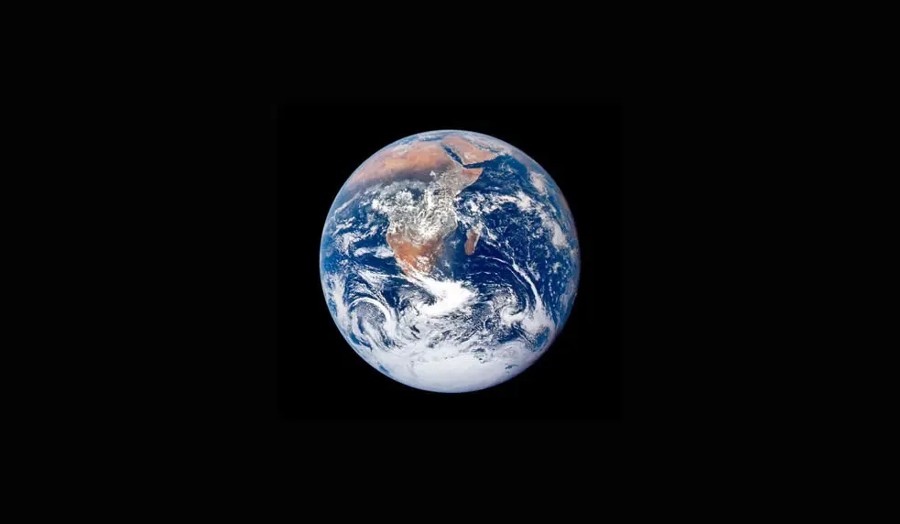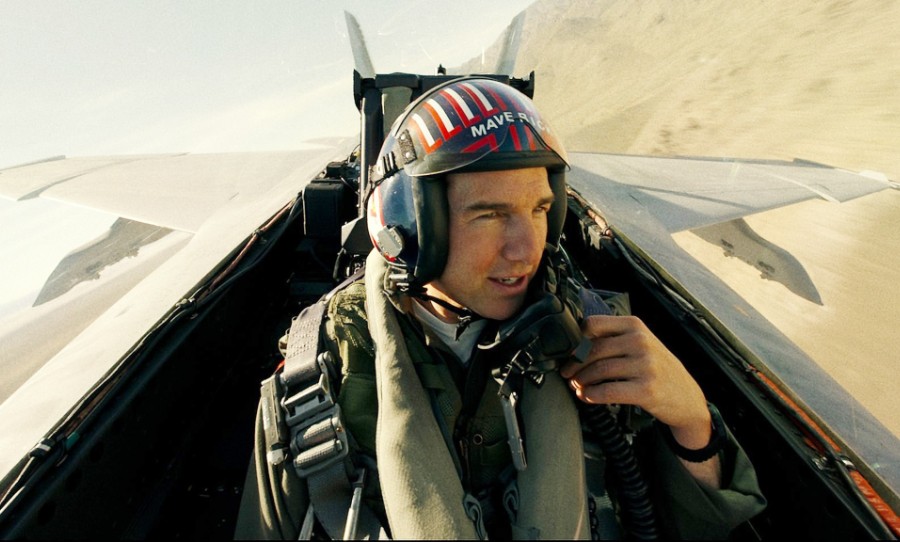In 2016, a group of 24 theological leaders were asked by NASA to put their heads together and answer the question: what if there is alien life amongst the stars?
How would the world react if we were given evidence that alien life existed? This was a question NASA reportedly asked a group of religious leaders as part of an investigation to prepare humanity for the possibility of extraterrestrials.
The study was revealed to The Times by way of Rev Dr Andrew Davison, a priest and theological academic at the University of Cambridge, who is about to publish a book about the program called Astrobiology and Christian Doctrine.

“Religious traditions would be an important feature in how humanity would work through any such confirmation of life elsewhere”, a post from Davison’s department at the University of Cambridge reads.
“Because of that, it features as part of NASA’s ongoing aim to support work on ‘the societal implications of astrobiology’, working with various partner organisations, including the Center of Theological Inquiry (CTI) at Princeton.”
Although at face value, many would assume that the world’s major religions would have trouble contending with the existence of alien life, the opposite reaction was actually proposed by Davison as well as a rabbi, an imam, and another Anglican priest who were involved in the CTI.
They argued that the framework to contend with such a discovery already exists within the belief systems of their respective religions.
“The headline findings are that adherents of a range of religious traditions report that they can take the idea in their stride,” Davison says in his book.
I never thought my work would be in @thehill. But then, I didn’t think my work on theology and extraterrestrial life would be covered in 68 news outlets at once, in 5 or 6 scripts and 15+ languages. It’s been quite a week. @CTINQUIRY https://t.co/Qv463Wmmqk
— Andrew Davison (@AP_Davison) December 28, 2021
Many have taken the existence of such an initiative as proof that NASA seems confident they’ll find evidence of alien life in the near future, although NASA haven’t shared anything concrete to corroborate that assumption.
However, that’s not to say they aren’t trying. After three decades of planning, NASA’s long-awaited successor to the Hubble Space Telescope, the James Webb Telescope, experienced a successful launch this week.
Its mission is to observe far-flung galaxies and exoplanets in a manner that has never before been possible, with a chief objective of finding planets in habitual zones where signs of liquid water or even life could occur.
While NASA or the CTI have not yet published the full findings from this mind-meld of two dozen religious leaders, it is expected more details will be shared in Davison’s upcoming book. Now that the story has garnered media attention from all around the world, we may see other participants also share stories of their involvement in the program, and its subsequent results.
Officially, NASA has confirmed that the agency-funded portion of the CTI wrapped up in 2017.
https://twitter.com/davenewworld_2/status/1475222580869091330
The lines between science and religion have been a long-studied intersection across the fields of philosophy, academia, and creative media. Over 80% of the world’s population currently consider themselves religious, so it’s an accurate assumption to make that these belief systems would have an enormous impact on the way the world reacts to something as monumental as the fact that humans are, in fact, not alone.
Whether or not alien life exists remains one of humanity’s great unanswered questions – so what would happen if we could suddenly answer it? Would it reframe the other questions we cannot answer, like what happens after we die, or whether there is indeed a god, gods, or some other divine being responsible for our creation and fate?
Whichever side of the debate you sit on, it’s reassuring that a scientific agency like NASA is willing to cross the picket line and collaborate with religious leaders on a question that would reframe the minds of everyone on the earth; religious, scientific, or somewhere in between.



